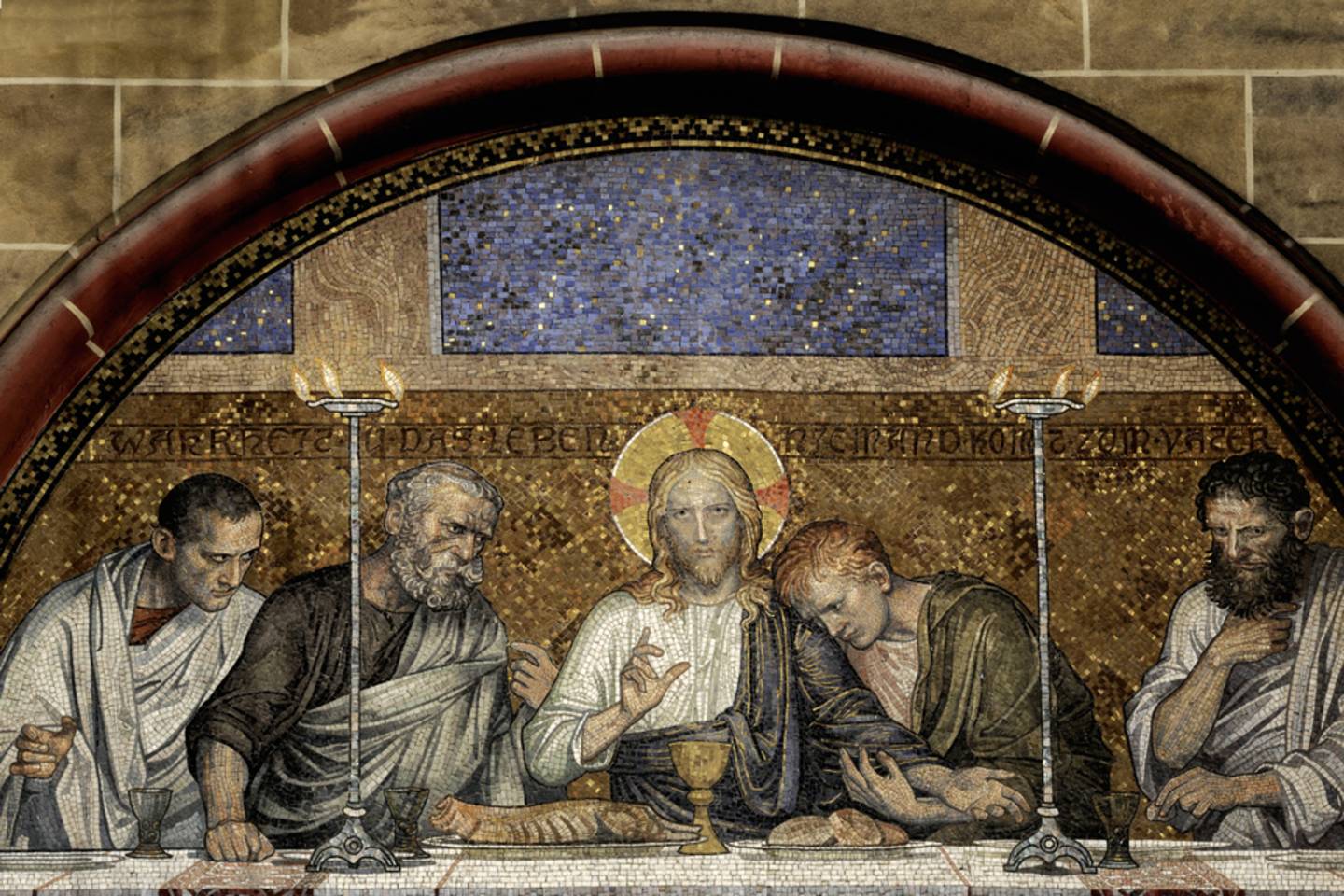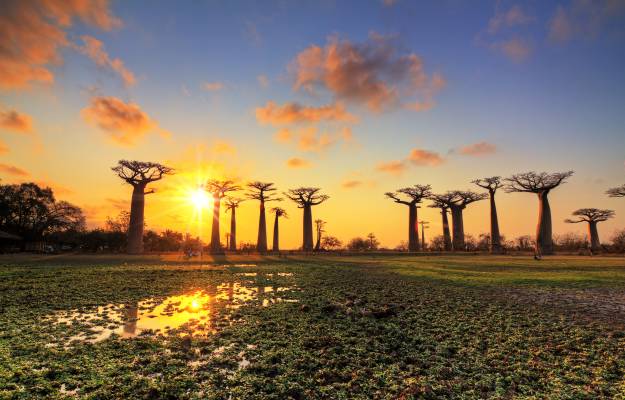
Spotlight on Cusco, Peru
The members of La Escuela Cusqueña (the Cusco School), dedicated themselves to beautifying the churches and convents in and around Cusco in a dramatic and moralistic style.

After the capture and execution of the last Inca emperor Túpac Amaru in 1572, the streets of the former Inca stronghold of Cusco became the front lines for Spanish cultural and religious evangelizing. In the hopes of converting the locals to Catholicism, the Spanish sent a group of artists to establish a drawing and painting school for the Incas and mestizos living in Cusco.
And so began the first organized instance of artists from Europe instructing artists from South America—as well as one of the most distinctive forms of indigenous art in the Americas.
The members of the resulting movement, later called La Escuela Cusqueña (the Cusco School), dedicated themselves to beautifying the churches and convents in and around Cusco in a dramatic and moralistic style. An Italian named Bernardo Bitti is considered the father of the style, but Diego Quispe Tito may have been even more influential. He was a mestizo whose paintings were much loved by the Catholic priests as well as the Incas they were trying to convert.
Once you’ve seen a few Cusqueña paintings, you’ll find them easy to recognize. They’re exclusively religious portraits or scenes from biblical stories, painted in oil over dark backgrounds. Think lots of flowers, explosions of gold, earth colors like yellow and red, and a marked lack of perspective. In other words, they look like traditional sacred Catholic icons, but with a distinctly Andean flair.
The masters of La Escuela Cusqueña imbued their devotional paintings with a somber energy and off-kilter focus. Keep in mind that this art was, in theory, designed to educate and eventually convert the locals. That tension between painter and subject lurks just under the surface of what at first glance seem standard depictions of the Virgin Mary or Saint Francis Solanus, one of the major evangelists of South America.
Imagine the conflict for the indigenous or mestizo artist, attempting to replicate the grand portraits of sacred subjects, while remaining true to his own heritage. In their best paintings, these New World artists walked that fine line, melding local traditions with Catholic history and iconography. In one portrayal of the Last Supper, Jesus and his disciples tuck into a splendid feast of guinea pig and maize beer. In another, vibrant Andean flowers surround a beautiful Madonna.
You can see famed Cusqueña master Marcos Zapata’s Last Supper (complete with guinea pig) on the high walls of the Cusco cathedral. Other examples of paintings from La Escuela Cusqueña can be found in the convent of Santa Catalina and the Museum of Religious Art. Spending a few moments with some of these masterpieces is the perfect way to travel back in time to Cusco’s moment of transformation as it was changing from the great city of the Incas to a jewel in the crown of the Spanish Empire.
Cusco is a featured destination on many of our Around the World trips.






